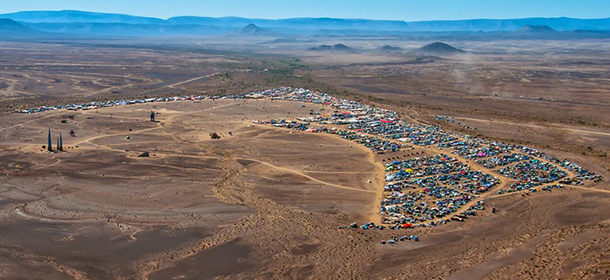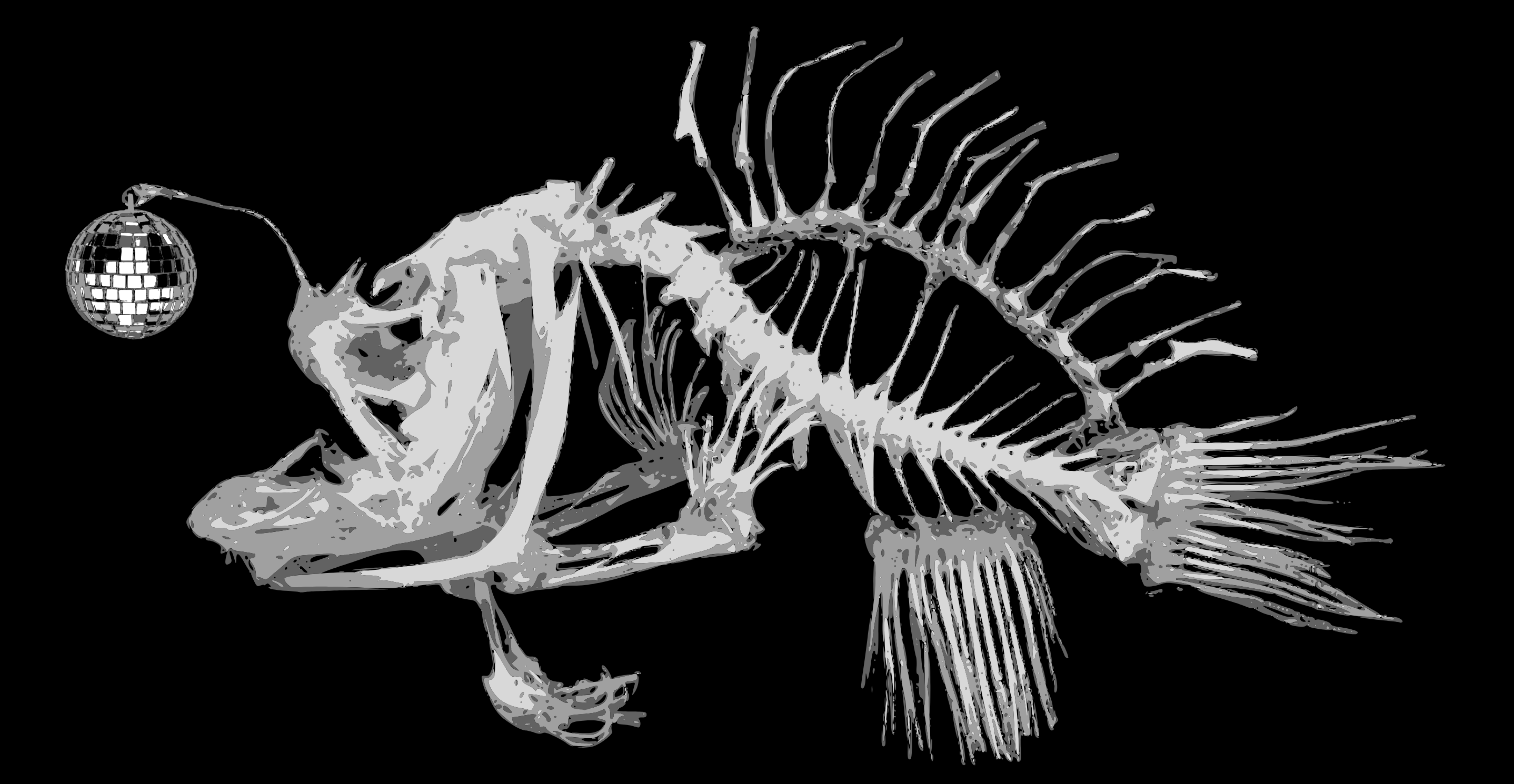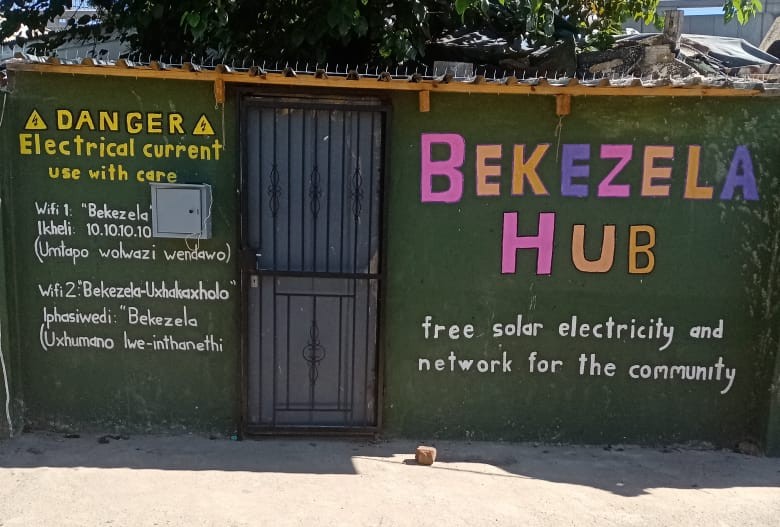– words: David Levy / Photo: Sean Furlong
It is called the Panorama Airfield Departure Lounge because it is the place where, now and then, trike pilots take leave of their senses.
On a frigid Friday morning in April 2017, by the light of Venus and someone’s cell phone, Helga and John lifted off into the cold dawn air, encouraged by a lively send-off from the other departure loungers.
John, an ex-merchant navy type, was going to navigate using a map and a magnifying glass. To avoid any hitches, it was carefully tied to his wrist using a hitch knot. His wife, Selina, took the back seat as cabin crew. Her job was to beat him over the head periodically to ward off sleep, hypothermia and bad ideas.
Septuagenarian trike pilot, Helga, encouraged by the fact that she had recently mastered the technique for turning on her new smart phone, opted for a GPS track.
Daniella, Helga’s daughter and long suffering legal guardian, had been appointed as ground crew because she had a company car which, like all company cars, was multi-functional and was to serve as a fuel bowser, meals-on-wheels and sanatorium. It could also tow a heavy trike trailer. She departed IFR (I Follow Roads), choosing traditional foul language and explicit hand signs to navigate through the early morning traffic.
Predictably, Helga and John lost sight of each other immediately after takeoff. The familiar and heart-warming trike-pilot repartee thus ensued.
“Hello John, are you there?”
“Hello Helga, is that you?”
“Yes, can you see me?”
“No, my visor is misted up!”
“Is that you at my ten o’clock?”
“Could be, what am I wearing?” and so on.
The single digit temperatures, combined with wind chill, put the muscles into hibernation, but this was not a serious problem because the air was as smooth as milk.
Two hours later they met at Klerksdorp for a quick refuelling stop, and then flew another two hours to the Eagle Flying Academy beyond Christiana. There they stayed for the rest of the day. I should explain, where trike pilots are concerned, departing from a hospitable airfield after midday is regarded as an unfair labour practice on account of the afternoon turbulence, particularly if the airfield has really comfortable facilities. To explain this to cockpit pilots is not easy, but imagine trying, within the confines of your cockpit, to artificially inseminate a Brahmin cow suffering from distemper and you will get some idea of what it’s like to control a trike in post-meridian thermic conditions.
This was by far the friendliest and most comfortable stop of the trip. The pilots, cabin crew, ground crew AND the trikes all had a roof over their heads – absolute luxury. So they decided to stay. They even heard roaring lions in the middle of the night, they said.
They arose at 04h30 to watch a meteor shower, and then took off on the next leg, following the Vaal River, low level, to its confluence with the Orange River at Douglas. Daniella reported that she had driven over a dead hyena as she left the Academy. Maybe it was the lions. She suffered two punctures that day, so whether it really was dead when she went over it remains unclear.
The first hills made a welcome change from the plains, and the endless mielie fields gave way to grassland. Distant horizons, no roads, no one on the ground and no one on the radio either, from 1,000 ft AGL it looked like one great flat airfield.
I should mention that trike pilots fly on the presumption that the engine WILL cut at any moment. For this reason, vast open spaces generally have a tranquilising effect, whilst forests, mountains, oceans and sugar cane fields tend to stress the sphincter. But appearances can be deceptive – what is not apparent from 1,000 ft AGL is the multitude of termite mounds on the Northern Cape plains which only become evident as you turn onto final approach. Placing a Kevlar plate under the seat cushion and lifting your legs around your ears just prior to touch down is recommended in the event of a forced landing. Then there are what appear to be wonderfully straight and endlessly long runways cleared through the bush. On final approach they usually turn out to be fire breaks between farms, with high and sturdy fences running right down the middle of the ‘runway’.
Douglas was a bit of a challenge with its tar runway and fresh crosswind. Once again, let me explain: as we all know, on a crosswind final approach, heading and track are two very different things. Trikes do not have a tail, so there’s no rudder to kick the nose straight just before touchdown. Instead, the pilot approaches skew and lands skew. The trike is therefore facing into the bush, while its considerable momentum is vectored straight down the centreline of runway. If the runway is sand or grass, then, after a quick, neck wrenching skid, heading and track become one and life proceeds to the next chapter.
But tar is a different thing entirely. Wheels want to go where they are pointed and tyres will not skid. The trike consequently behaves like an angry wildebeest with a thorn in its hoof, charging down a cricket pitch. The nose of the trike leaps from left to right and back again. It’s known as goose stepping. If the pilot ate his muesli that morning, there’s a fair chance that the trike will not trip over itself.
Once the trike comes to a standstill, the pilot winds a reel of duct tape around his neck and over his head to stabilise them and then exits the aircraft to have a smoke – even if he’s a non-smoker.
The next leg to Williston was a long one, and they had to leave extra early to beat the desert thermals. So there wasn’t much argument in the pre-dawn gloom as to whether the light on the horizon was the entrance gate to the nearby copper mine or the rising sun. John decided that a can of fuel was more useful than an airhostess, so Selina joined Daniella for the drive to Williston.
The trikes had a range of about three hours at cruising speed of around 50 mph. At somewhere called Vanwyksvlei, they landed to fill up from the jerry cans in the passenger seats.
As usual, on takeoff from Vanwyksvlei, the two immediately lost sight of each other. To make it worse, Helga’s radio had spontaneously shifted itself to the emergency frequency and no matter how loud she shouted into the mic, John still couldn’t hear her. When she eventually got the frequency right, she was too hoarse to say much and so locating each other remained an elusive objective.
“Do you see one farm house with three dams?”
“Negative, just one farm house with one puddle.”
Then later, “How about one farm house with three rondavels?”
“Negative, only one farm house with zero rondavels.”
“How about that dent on the horizon?”
“Negative.”
Because John flies a good two miles an hour faster than Helga, he spent most of the two hours aloft looking backwards trying to find her. Consequently, for a while after landing, he looked at her askance and had to swallow muscle relaxants for the rest of the trip. What finally brought them together were some white spots on the horizon which turned out to be the Meerkat Square Kilometre Array outside Carnarvon. They met overhead and followed the road to Williston. Any recent reports from the Minister of Home Affairs regarding aliens should consequently be viewed with caution.
In the meantime, Daniella and Selina had two blow outs. With the first, the jack collapsed beneath the car which caused easily as much distress as half an hour of sustained, bad turbulence. The second involved the trailer tyre. Unfortunately, the spare was bolted down so tightly onto the trailer that even the bakkie drivers passing by at 160 km/h could see that it would be difficult to release it – which is probably why they didn’t stop.
Selina eventually went and stood in the middle of the road with her hands on her hips. A local farmer, who had observed the same body language before from his wife, realised that things would go easier for him if he just stopped. So he stopped nicely and undid the spare tyre as instructed by the two short tempered women.
Williston Airfield has a donga across the runway which Helga successfully rolled into and then out of, resulting in a further notch in her prop. John, however, was unable to locate it and so missed the fun completely. As this was an uncontrolled airfield, it was not necessary for Helga to stay on the taxiway, so she proceeded cross-country towards the hangar and was soon able to get the front of her trike stuck in a bush.
John, being younger and thus far less experienced, opted to follow the boring old taxiway and consequently had no such luck and reached the hangar after no excitement.
Quite some time later, John realised that Helga was not around, and set off to search for her. He found her in a turbulent temper, still strapped to her seat, with her arms folded and her nose wheel in the aforesaid bush. She wanted to know from John precisely what part of ‘search and rescue’ he had failed to grasp during his years as a merchant seaman. However, his tardiness was soon forgotten – you see, they had landed at around 10h00 and had to spend the rest of the day practicing how to die of thirst in the event of an engine failure over the desert, while the ground crew swanned around the Karoo drinking cool bottled water and distributing shredded tyres to the local garages to be repaired.
That night was spent under the stars because what they thought was a hangar was nothing more than a tapless, roofless, ancient ruin. Daniella and Helga had bought their sleeping bags from a popular grocery chain store. In the morning, they checked the labels thinking they had inadvertently bought freezer bags instead of sleeping bags.
John had rigor mortis in the neck so could not sleep anyway. Selina did see lights as she gazed into space looking for sheep but thought that they were the consequence of high blood pressure and brain aneurisms after her failed efforts at turning the wheel spanner.
The last leg to AfrikaBurn was what cross-country flying is all about: the stunning desert landscape, the huge Roggeveld escarpment, the imposing Cedarberg in the distance and the tents of AfrikaBurn in the arid plain below.
John, as an ex-hanglider pilot, hung on the edge of the escarpment for a while, playing in the ridge lift. Unfortunately, trikes glide like rustic half bricks, so it wasn’t long before they turned onto final for their home for the next week.
The farmer had graded a strip of desert and ATNS had sent a very strict bloke called Major Tom to be the ATC for the duration of the festival.
After a week, on the morning of departure, everyone was up and packing at 03h00. The pilots took to the air having agreed to meet the ground crew back at Williston, a couple hundred kilometres away by road. The low-level wind forecast was light and variable. As they climbed out of the valley and approached the Roggeveld escarpment, the wind became far less light and far more variable. Ground speed was down to 20 mph, and despite the early hour, it felt like they were flying in a popcorn machine. A larger aircraft radioed that the air at 6,000 ft was still rough and when it’s rough for them, it’s far worse for trikes. Because conditions would only get worse with the warming of the day, they decided to head back to the ‘Burn’ and re-think the plan for the day.
The problem was that there was no way to contact the ground crew. John sent them a short sms whilst still aloft to say that they were going back to the Burn, but the crew were not in range of a transmitter so they continued on their merry way up the Bloukrans Pass to Williston via Calvinia.
Back at the Burn, they decided to fly north, staying low in the cool, calm air of the valley and, in that way, sneak around the Roggeveld. However, by the time they took off again, the day had warmed up significantly, and so had the land. The wind had come down from aloft and was creating havoc with the dust on the arid ground below. It was quite clear that the future looked quite dim. In fact, Helga was finding it difficult to see the Calvinia road at all, and believed that the only reason that John could still see it was because he had his magnifying glass on his wrist. They decided that it would be best to land right then, before the gusts, rotors and thermals gave the term ‘final approach’ a more sinister meaning.
They landed in what was once a sheep pasture but had become a dust bowl. John strode purposefully over to the farmhouse to use their land line – but there was no land line – just a farm labourer whose job it was to look after the dust bowl.
The dust-bowl attendant took John for a drive around the district in a bakkie with no brakes to look for a farmhouse with a land line, but none could be found. John offered him money to go to Calvinia but it was obviously not enough because the attendant said that the Calvinia cops would catch him for no brakes, no lights, no licence, no nothing. So John and Helga just mos sat on their trikes in the howling dust storm which enveloped them for the rest of the day.
Around late afternoon, the dust-bowl attendant returned and was verily surprised to find them still there. He then nonchalantly took out a radio from under the dashboard and radioed his boss, a Mr Van Wyk, to ask for advice. John considered smothering the attendant to death with his seat cushion, but in his weakened and dehydrated state he was barely able to get off his trike. Instead he requisitioned the radio and asked Van Wyk to please kindly call the crew and to update them with their location on the surface of the planet.
Meantime, the ground crew had suffered yet another blowout on their way up the Bloukrans Pass. At the garage in Calvinia, they finally received the sms to the effect that the aviators had returned to AfrikaBurn. With much muttering and gritting of teeth they headed back down the dreaded pass for the 110-km trip back – unbeknownst to them at the time, passing within just a few kilometres of the stranded pilots. Of course, they got another puncture and, of course, once back at AfrikaBurn, no one knew anything about any microlighters. More gritting of teeth as they switched back to plan A and went back up the tyre chewing pass to Calvinia and then on to Williston where they arrived at around 18h00. As they got into range of the Williston cellphone tower, they were verily surprised to receive a call from a sheep farmer called Van Wyk from the district of Calvinia who spoke very little English. The crew spoke very little comprehensible Afrikaans. However, when they finally understood him to be informing them that two microlighters, who claimed to know them, had landed in his dust bowl a good few kilometres from the bottom of the Bloukrans Pass, Daniela tried to find the Afrikaans equivalent for “you are shitting me!” but what she came up with at short notice is not really fit for publication.
The soothing experience of driving through the desert at night appears to have been lost on the ground crew. With the help of Van Wyk, they located the pilots at around 22h00. They had all been awake since 03h00 but what with the wind and the scorpions and the dust, sleep simply did not happen.
At sunrise, they decided that the omens were not good for a return trip by air. They could not sit out the weather because all of them had a real life to return to, and nowadays, doctor’s notes no longer carry the weight they once did.
Sadly, the trikes were de-rigged, folded up and strapped to the trailer and they all headed back up the Bloukrans Pass one last time. Probably because the wind had blown all the rocks and stones away, they did not get a puncture this time. It is either that, or one has to wonder exactly where, or how, the ground crew were driving as they caroused around the Karroo in pursuit of their pilots. A night of rest in Williston restored their good humour and the end of the following day found them back at Panorama.
As it turned out, it was the right decision, as the strong headwinds persisted all the way back to Panorama. Helga, who turned 70 this year, sits in the departure lounge thinking about where to go when she turns 80. John and Selina are still married. Daniela’s company car still goes and she has reconnected the odometer.




